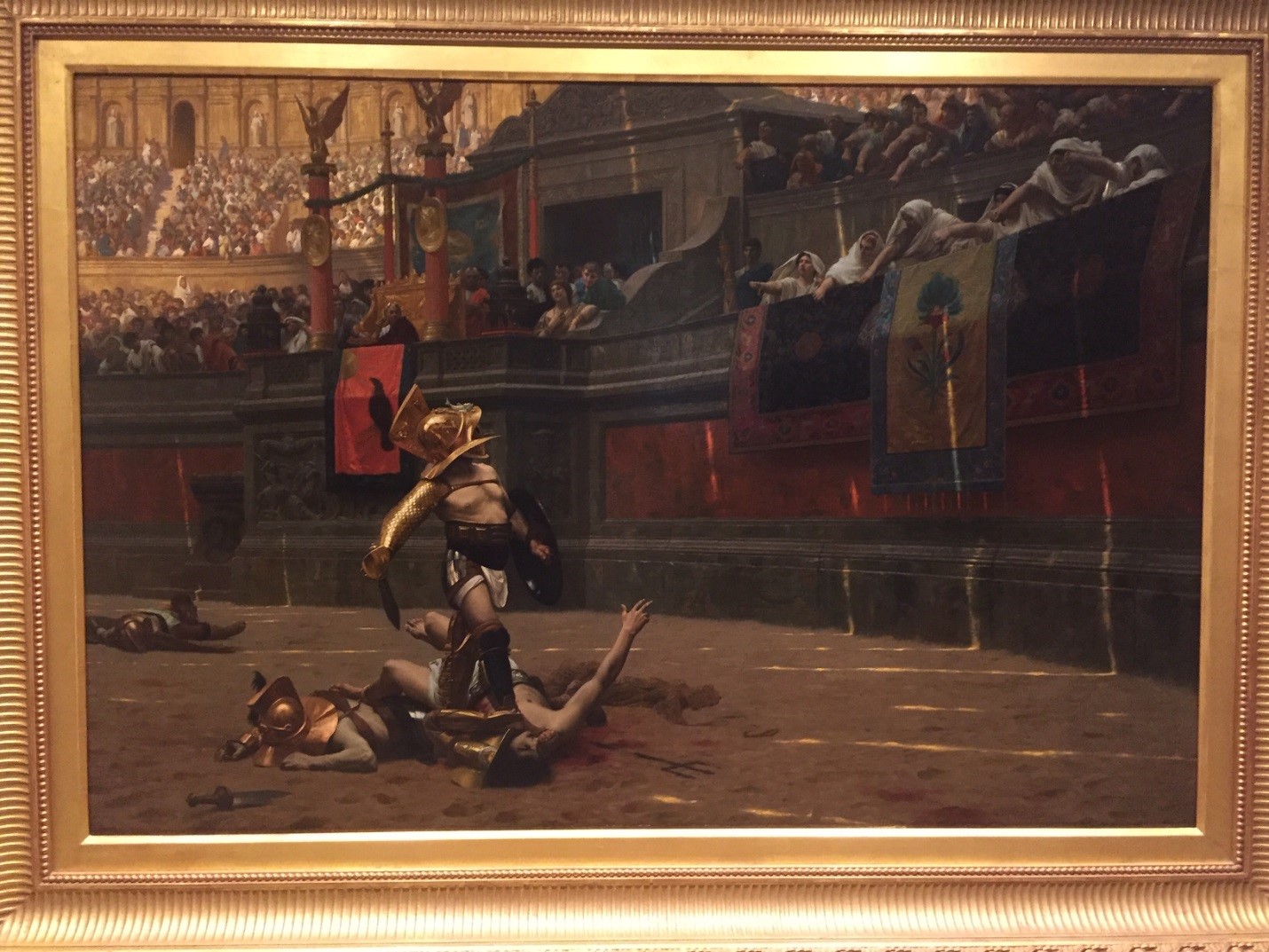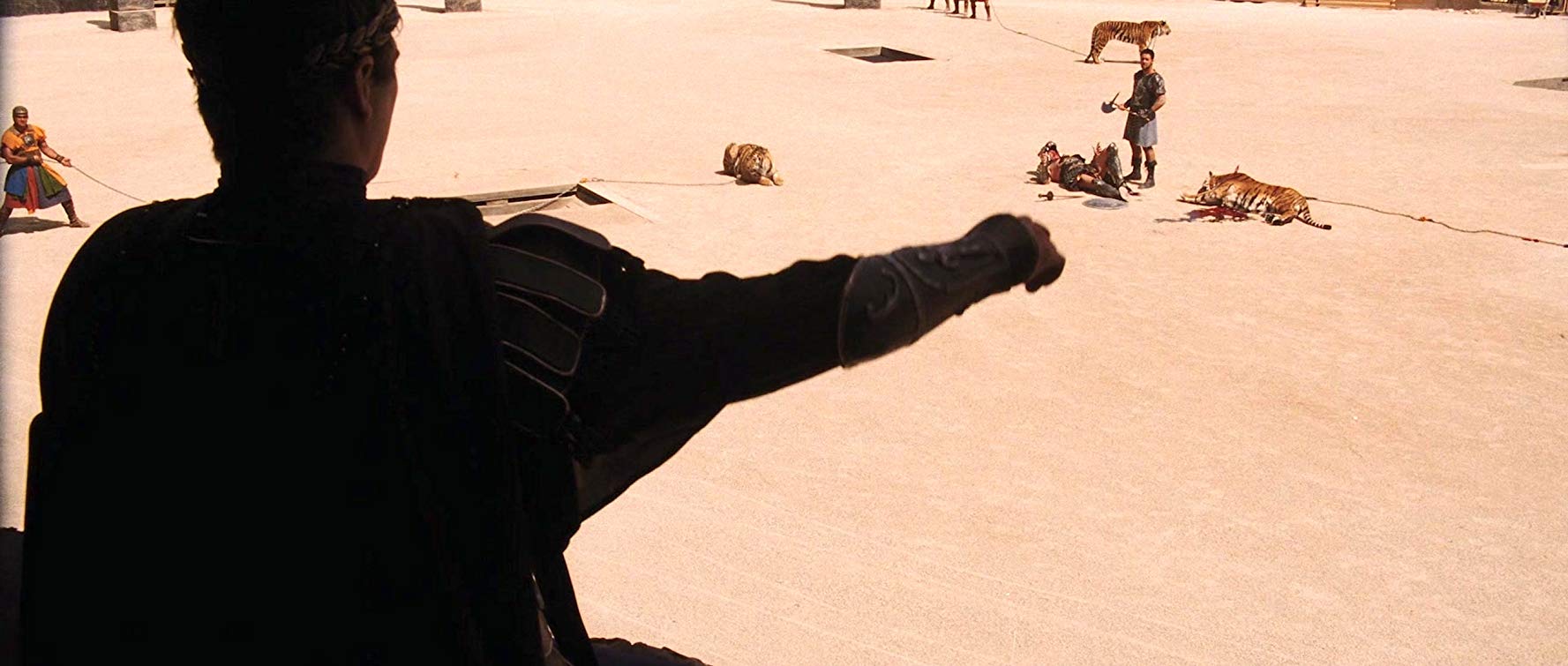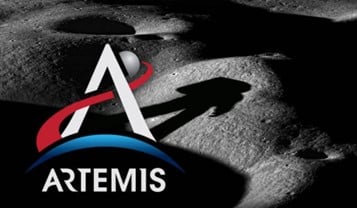I recently got back from my favorite annual conference: ASME’s Turbo Expo. This year, someone thought it would be a good idea to hold it in Phoenix, Arizona…in the summertime. While that’s not the choice I would have made, I did enjoy the conference very much and thought it was well worth attending.
There are over 1,000 papers presented every year at the conference and the sessions run all day, from 8:00 Monday morning till Friday afternoon. At any given time, there are usually more than 20 sessions going on simultaneously. It is also a great place to catch up with colleagues from around the world; many of them, like me, attend year after year. When you go to the Turbo Expo, you have to resign yourself to the fact that you’re going to miss 95% of the material, no matter how hard you try.
The organizers do their best to help compensate for this. They have carefully partitioned the sessions by subject matter and keep the presentations on a rigid schedule that makes it easier to pop out of one session and into another. Presentations are kept to half an hour and start on the half hour. Legend has it that if your presentation goes over the allotted half hour, a trap door opens up underneath you and you fall into a deep pit, filled with alligators and are never heard from again. While I’m not sure if that legend is true, I have always kept my papers well within the allotted time. Better safe than sorry.

Given my role of Chief Technology Officer at Concepts NREC, I am interested in everything, so I went wide rather than deep in the presentations I attended. That said, the hot topics this year seemed to be:
Supercritical carbon dioxide was particularly popular. In years gone by, there was maybe one or two sessions on sCO2 at the conference. Now, it seems possible to attend the entire conference for the whole week and never leave a dedicated sCO2 session. It is hard to say if this is a glimpse into the future or is everyone just exploring a hot topic. From personal experience, I can say that we get a lot of inquiries around sCO2 and are actively working with several clients on their particular application. Feel free to post a question on our sCO2 Ask the Expert page, or review some previously asked ones.
According to Kristin Barranger, the Manager of Expositions & Communications at ASME’s Gas Turbine Segment (IGTI), the first ASME Turbo Expo was in 1956, at the Hotel Statler in Washington, D.C. The inaugural all-gas turbine meeting had an attendance of 750. Obviously, the show has grown considerably in terms of scope and attendance. This year’s Turbo Expo had over 2400 attendees and covered a lot more than gas turbines. Looking back over my nearly 15 years of going to the Turbo Expo, several trends stand out:
-
The diversity of countries represented in the papers has steadily grown. Most, if not all papers, used to be from the United States and Western Europe. Now, there is a much broader representation, with papers from east and south Asia now making up at least a quarter of the total.
-
The price of energy is a major technology driver. With the price of energy somewhat low by recent norms, a larger portion of work done is driven by emissions and regulatory concerns, rather than pure efficiency.
-
The ever-growing power of computer processing is steadily changing the landscape of turbomachinery design and analysis. Computationally intensive methods, like time-accurate CFD, multidisciplinary optimization (MDO), and fluid-structure interactions are becoming increasingly common. These methods are trickling down more and more from the academic and research-oriented institutions into industry.
Luckily, I was able to squeeze in some sightseeing while I was in Phoenix. Given the 100⁰+ heat, I gravitated to air-conditioned venues, including the art museum. Below is the very fine painting Pollice Verso by Jean-Léon Gérôme, often referred to as Thumbs Down, although the actual translation means Turned Thumb. The painting inspired the 2000 film, Gladiator, starring Russell Crowe, and is credited with helping cement the popular belief that “thumbs down” represented disapproval from the crowd, resulting in the death of the loser. Many scholars believe that it means “swords down” to spare the loser, but facts and popular belief often disagree.

Pollice Verso by Jean-Léon Gérôme - Courtesy of M. Anderson

Scene from the movie Gladiator (2000) – Courtesy of IMBD’s website.
I enjoyed the painting very much, but now I am torn as to whether if I should give Turbo Expo 2019 an enthusiastic thumbs up or down. Suffice it to say that the conference is the best in the industry for technical papers and connecting with thought leaders from around the world. One of the other perks of attending is access to all of the papers, so over the coming months I will review the 95% of papers I was unable to attend.
Next year, the Turbo Expo conference is in London, England. There are sure to be even more good papers presented, as well as more museums to explore. The climate will be more to my liking as well.









